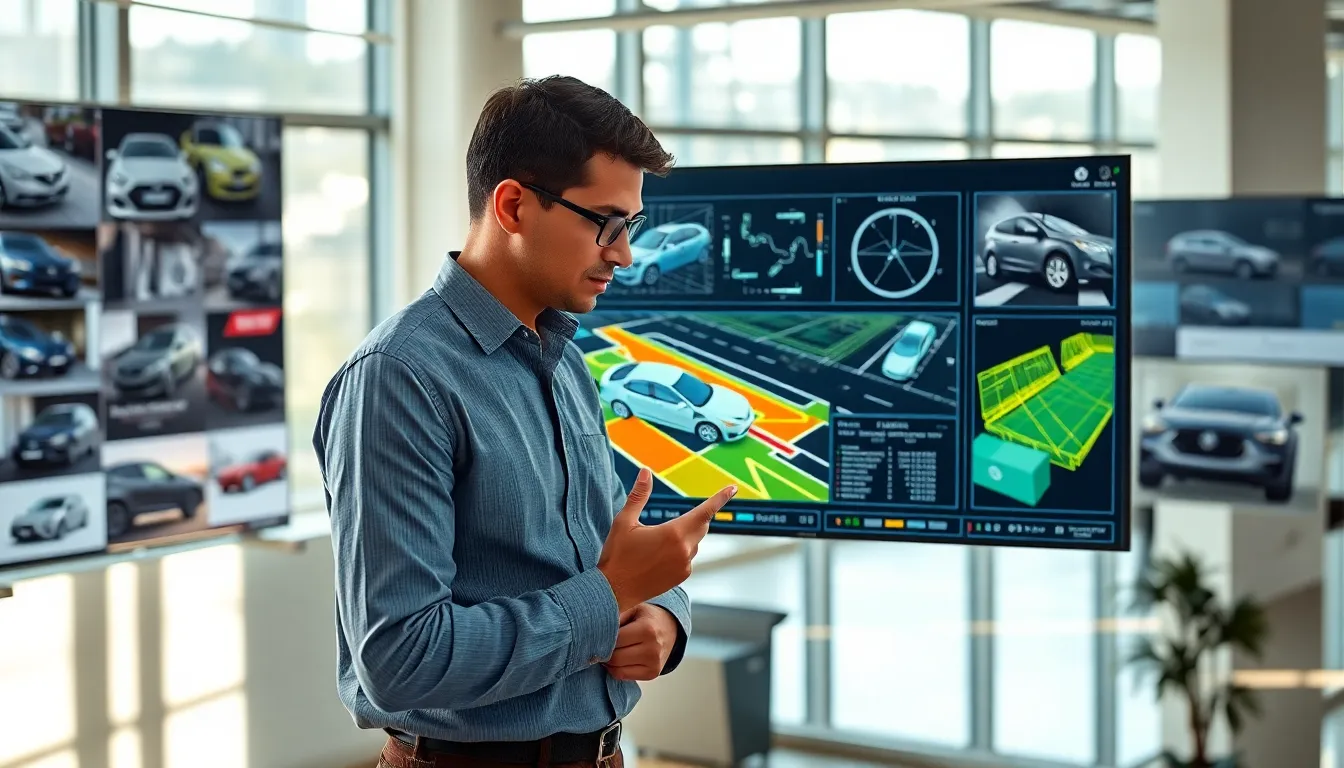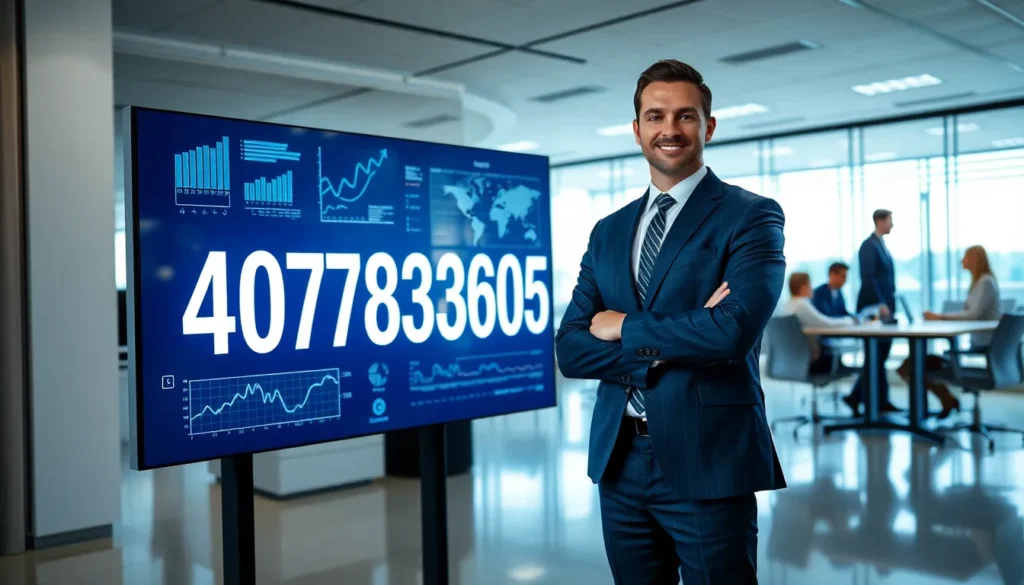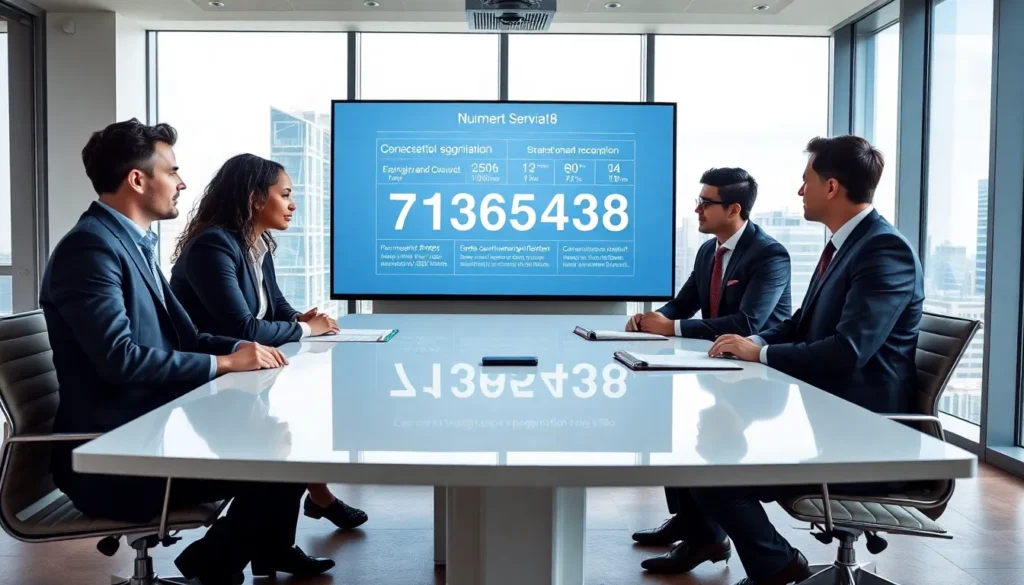Imagine driving down a calm road when suddenly, chaos strikes — two cars collide, tires screech, and questions fly. What happened? Who’s at fault? Welcome to the world of accident reconstruction, where science meets investigation. This field blends physics, engineering, and technology to untangle the mystery behind every crash, turning confusion into clarity. Grab your detective hat — let’s explore how accident reconstruction helps bring truth and justice to the road.
Table of Contents
ToggleWhat Is Accident Reconstruction?

Accident reconstruction is the scientific process of determining how a collision occurred. Experts analyze speed, impact angles, vehicle damage, and environmental factors to build a timeline of events. By combining physics and data analysis, they answer crucial questions: How fast were the vehicles going? What caused the crash? Could it have been prevented? These insights are essential for law enforcement, insurance claims, and court cases.
Why It Matters
Accident reconstruction brings clarity to conflicting stories. It can reveal whether speeding, distraction, or mechanical failure caused a crash — information that determines liability. Beyond individual cases, the data gathered also improves road safety by identifying patterns that lead to better traffic design, signage, and education campaigns.
Key Tools and Techniques
Modern technology has transformed this field. Reconstructionists use 3D modeling, drones, and laser scanning to capture crash scenes with precision. Software simulations recreate events virtually, allowing experts to calculate impact forces, braking distances, and trajectories. Vehicle “black box” data provides vital clues about speed and braking just before the collision, creating a detailed snapshot of the incident.
Expert Testimony and Legal Impact
In court, accident reconstructionists serve as expert witnesses, explaining complex technical findings in simple terms. Their testimony can heavily influence verdicts by showing exactly how and why a crash occurred. Their expertise bridges the gap between science and justice, turning data into evidence juries can understand.
The Future of Accident Reconstruction
As technology advances, so does reconstruction. Artificial intelligence and machine learning will soon analyze massive data sets faster and more accurately. With autonomous vehicles on the rise, reconstructionists face new challenges — from interpreting sensor data to understanding automated driving systems. One thing remains clear: accident reconstruction will continue to evolve, keeping our roads — and the truth — safer than ever.









